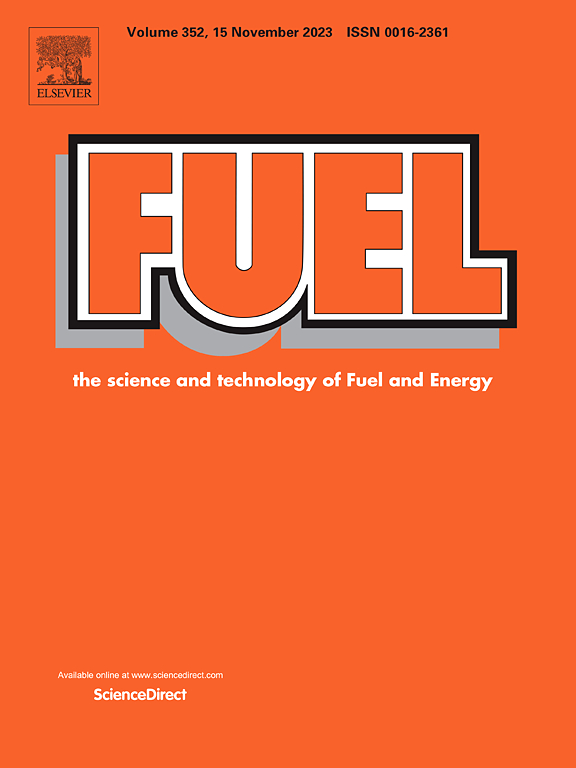Theoretical and experimental study on the reaction mechanism and toxicity evaluation of co-pyrolysis process of hydrogen halide and polyethylene terephthalate
IF 7.5
1区 工程技术
Q2 ENERGY & FUELS
引用次数: 0
Abstract
Efficient recycling and disposal of waste plastics is key to protecting the environment. Meanwhile, controlling the emission of hydrogen halide is also a great challenge for the problem of environmental pollution. In this study, the effect of hydrogen halide on the depolymerization mechanism of waste plastics was studied theoretically and experimental (Py-GCMS) using “Treating the wastes with wastes”. The research results show that the presence of hydrogen halide (HF, HCl, and HBr) can promote the depolymerization of polyethylene terephthalate (PET) waste plastics, which makes the reaction easier, and the promoting intensity is HF (about 153.0 kJ/mol) < HCl (about 138.0 kJ/mol) < HBr (about 85.0 kJ/mol). Additionally, through the evaluation of the environmental impact of co-pyrolysis products, it was found that the co-pyrolysis of waste plastics and hydrogen halide reduced the toxicity of the products. These findings are expected to contribute to the understanding of waste conversion mechanisms and risk evaluation in aquatic settings, while also providing theoretical perspectives on reducing pollutant emissions during thermal treatment and sustainable conversion of PET-containing waste alongside hydrogen halide.

卤化氢与聚对苯二甲酸乙二醇酯共热解反应机理及毒性评价的理论与实验研究
有效回收和处理废塑料是保护环境的关键。同时,控制卤化氢的排放也是解决环境污染问题的一大挑战。本研究采用“以废代废”的方法,从理论上和实验上研究了卤化氢对废塑料解聚机理的影响(Py-GCMS)。研究结果表明,卤化氢(HF、HCl和HBr)的存在能促进聚对苯二甲酸乙二醇酯(PET)废塑料的解聚,使反应更容易进行,促进强度为HF(约153.0 kJ/mol) <;HCl(约138.0 kJ/mol);HBr(约85.0 kJ/mol)。另外,通过对共热解产物的环境影响进行评价,发现废塑料与卤化氢共热解降低了产物的毒性。这些发现有望有助于理解水生环境中废物转化机制和风险评估,同时也为减少热处理过程中的污染物排放和含pet废物与卤化氢的可持续转化提供理论视角。
本文章由计算机程序翻译,如有差异,请以英文原文为准。
求助全文
约1分钟内获得全文
求助全文
来源期刊

Fuel
工程技术-工程:化工
CiteScore
12.80
自引率
20.30%
发文量
3506
审稿时长
64 days
期刊介绍:
The exploration of energy sources remains a critical matter of study. For the past nine decades, fuel has consistently held the forefront in primary research efforts within the field of energy science. This area of investigation encompasses a wide range of subjects, with a particular emphasis on emerging concerns like environmental factors and pollution.
 求助内容:
求助内容: 应助结果提醒方式:
应助结果提醒方式:


